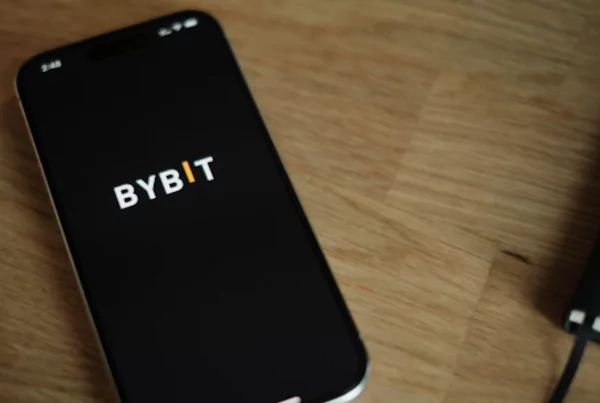
Key takeaways:
- Ethereum developer Tim Beiko has announced The Merge won’t take place in the second quarter of this year, as was originally planned
- The Merge is a highly anticipated upgrade that will see Beacon Chain and the Ethereum mainnet merge and usher in the era of Proof-of-Stake (PoS) consensus
- Ethereum currently uses a power-hungry and up to 99% less efficient Proof-of-Work (PoW) consensus mechanism
Proof-of-Stake on Ethereum won’t go live before the second half of 2022
The Merge, a phase when the Ethereum mainnet will merge with Beacon Chain and transition from the Proof-of-Work (PoW) to Proof-of-Stake (PoS) consensus mechanism has experienced another setback. According to Ethereum developer Tim Beiko, The Merge will take place a “few months after” June.
The news comes just days after the developers implemented the first-ever mainnet “shadow fork” to test Ethereum’s ability to handle smart contracts and on-chain transactions ahead of the highly-anticipated upgrade.
According to Ethereum Foundation developer Parithosh Jayanthi, the aim of the test was to “allow the community practice running their nodes, deploying contracts, testing infrastructure, etc.” “We hope it’s helping the community get a sense of the post merge world,” Jayanthi added on Sunday, a day before the network testing took place.
While many people in the community saw the implementation of the mainnet shadow fork as a sign that the Q2 2022 implementation of The Merge is still on the table, Beiko’s Wednesday statement put an end to that theory.
In a post shared on GitHub, Beiko listed the main reasons for the delay. For starters, shadow forking of the mainnet apparently revealed “issues in clients,” which need to be addressed before the team proceeds with the Beacon Chain integration.
The second thing to consider is the difficulty bomb, a process regulating mining difficulty on Ethereum, which will raise block generation up to 20 seconds by August. Beiko explained that the inability to implement The Merge “before block times are slowed too much,” will mean that the process will be further delayed.
Ethereum’s transition to PoS, formerly known as Ethereum 2.0, was first slated for 2019. If everything goes according to plan, we may see a much improved and efficient Ethereum network before the end of this year. In the meantime, Layer 2 scaling solutions, such as Polygon and Optimism, will have to compensate for high network congestion resulting in high gas fees and slow transactions.



